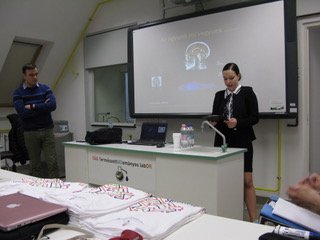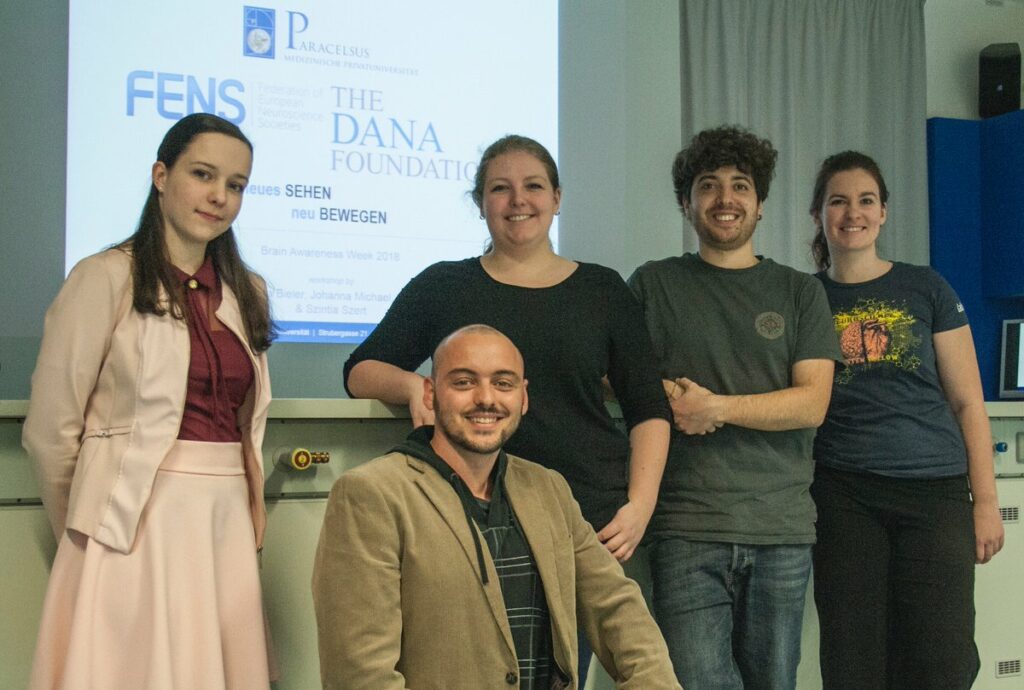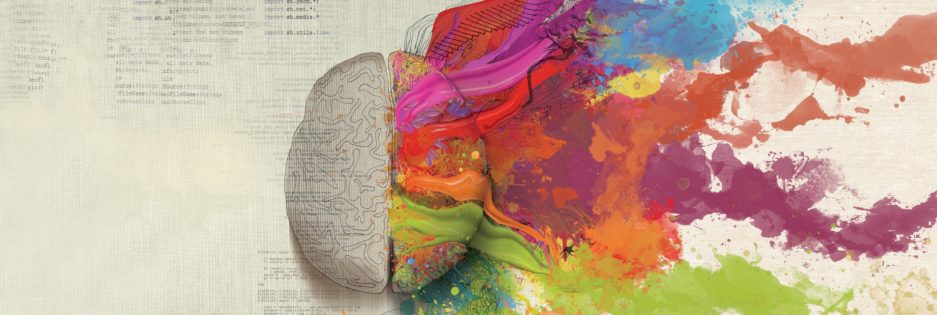March 11-13 Debrecen, Hungary
The project I organized was aimed at approximately 550 high school students, aged 14-18, in Debrecen In Hungary, there are limited possibilities outside of Budapest for students to learn science interactively. High school students especially, are only able to learn about anatomy and neuroscience in textbooks. As a high school sophomore interested in neuroscience, I believed that providing students with opportunities to learn neuroscience topics was needed. My BAW project took the science of our brain and nervous system directly to these students and engaged them with interactive lectures, competitions, mouse dissections, lab exhibitions and posters. Below are the lecture topics presented by professors from the University of Debrecen. Thank you for the sponsoring from FENS, The Dana Foundation, Hungarian Academy of Sciences and the Hungarian Neuroscience Society.

Lectures:
1. Dr. Péter Szücs: Sensing and Realizing Pain Requires Complex Neuronal Networks
Our knowledge about the neurons in these networks, their connections and their function in health and disease is still very limited. In this talk, Professor Szücs gave a short overview of “good” and “bad” pain and the technical possibilities and methods of studying neuronal networks responsible for processing pain signals.
2. Dr. Zoltán Kisvárday: How Does the Brain See?
The visual system is one of the favoured objects in brain research because the basics of its anatomical connections and functional properties are reasonably well known. The aim of the presentation was to demonstrate the multiplexed nature of visual cortical signal processing using examples from animal experimenting and human psychophysics, from the possible functional role of neuron types through functional brain maps up to the reliability of visual perception.
3. Dr. Zoltán Mészár: Why Does Our Brain Age?
Neurons populating our brain maintain their plasticity throughout our lives, meaning that they can change their physiology and morphology upon variable environmental conditions. This ability decreases with age and in case of neurodegenerative diseases. What are the major steps of these processes and how we can examine them by using transgenic models, was the main focus of this lesson.
4. Dr. Aletta Harman: Stroke: Why Is Early Detection Important?
There are two types of cerebral stroke. Unfortunately, this disease in some cases causes permanent damage, so the patient may be bed ridden for all his life. The sooner the patient enters the hospital, the sooner the treatment can be started and the damage is less irreversible. Time is brain!
5. Dr. Balázs Pál: Drumbeats for the Brain: The Reticular Activating System
The reticular activating system is comprised of a group of nuclei in the brainstem. Their role is relatively simple but important: They are responsible for regulating sleep and wakefulness. Their task is similar to the percussion instruments in a symphonic orchestra: They are probably not the most sophisticated ones, but they have a significant impact on the integrity of the whole symphony.
6.Dr. Balázs Pál: Glial Cell: “Smartglue”or Partner in Thinking?
Besides neurons, the brain consists of non-neuronal cells known as glia. Their importance was underestimated in the past as they were considered as “glue” between neurons. In the last two decades, a quiet revolution of understanding glial functions took place and nowadays glial cells are known as important contributors to neuronal functions. However, the question is still open whether they are “smart devices” of the brain to provide neuronal functions or partners of the neurons in thinking.
7. Dr. Attila Laczovics: We are Our Brain
In this lecture, the different anatomical regions of the brain were discussed. The physiology was explained, including regions like Broca’s Area, Wernicke’s Area and the various lobes. The lecture described different diseases.
8. Dr. László Oláh: Cerebral Circulation
The lecture described the basic function and anatomical structures of the cerebral circulation. Dr. Oláh also gave a few clinical applications relating to it.
Dissection:
Dr. Péter Szücs: A mouse’s nervous system was showed through a dissection.
Lab Exhibition:
Dr. Zoltán Kisvárday: In the lab at the University of Debrecen, Dr. Kisvárday held a visual system exhibition explaining about the visual cortex and the neurological connections using experimental models.
In summary, a lot of students seemed very interested in the project. Many students interest towards research seemed to be awakened and many of them strengthened their goal of going into a medical field. The feedback from students and teachers alike, was very positive.
Links:
https://drive.google.com/drive/u/0/folders/1fgohaSks0EZ0a5mAMQGKQM0ovQnI8mT1
https://drive.google.com/drive/u/0/folders/1-Hpd481-WguLpUWUTQQKzml5eLYSx2ax
Brain Awareness Week 2019, Salzburg
March 14th, 2019 Salzburg, Austria
Brain Awareness Week Salzburg with Dr. Bruno Benedetti and colleagues. I assisted with the workshop “New Vision: A Challenge to your Motor Skills.”

FENS Annual Reports got published and you can check them out by scrolling down the page. BAW 2019 was very successful! Debrecen is Nr 15 and Salzburg is Nr 1.
